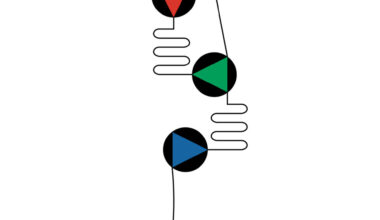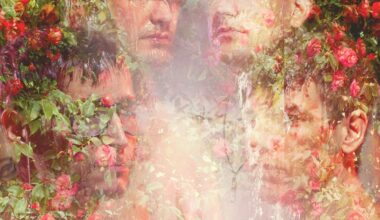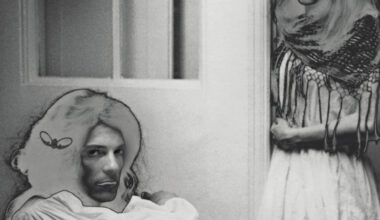Ludovic Navarre makes long awaited return with something of a curveball

Frenchman Ludovic Navarre is almost a mythical creature, such is the sparsity of his St Germain output. Three albums in 20 years is not exactly prolific, but when two of those records are ‘Boulevard’ and ‘Tourist’, you can almost forgive the tardiness. You don’t hear much from him interview-wise either. His English is as shoddy as our French… and as anyone who has conducted a chat through an interpreter knows, life really is too short. So for the most part, his music has been left to do the talking.
Back in 1995, the FCom-released ‘Boulevard’ didn’t so much talk as stand on a table and shout loudly while waving its arms about. The thrill was instant, but hard to explain. At the time, deep house was something of a best-kept secret and by rights any music that melts jazz and blues into a rumbling pot of downtempo house music sounds like a bridge too far. But it worked because it’s precisely, uniquely, the sort of groove that no one else ploughs quite like the French. Think Motorbass, Cassius, Daft Punk, Justice, François Kevorkian, Laurent Garnier, Bob Sinclar. I’ll stop now shall I?
Which brings us to this, St Germain’s eponymous third long-player. Sure, the trademark deep house moves are very much still present, but in comes a very heavy African influence. Recorded with Malian musicians, the album features traditional instruments such as the kora, the balafon and the n’goni, alongside guitars, pianos, saxophones and, of course, loops, beats, locked down grooves and late-night bass. As Navarre’s people say, it all follows “a secret formula only St Germain could concoct”. Yup. Most folk woudn’t even dream of it, let alone do it.
So does it work? It’s not a difficult listen. Many a time it has wafted across the office without complaint, which is rare. It would no doubt go about its business as the background soundtrack to sundowners the world over pretty efficiently. But it’s so much more than toe-tapping wallpaper.
At eight tracks, it neatly splits into a record of two halves. Side A, tracks one to four, are gentle-gentle, and then there’s side B, where it all kicks up a gear. From opener ‘Real Blues’ featuring the voice of the late blueser Lightnin’ Hopkins intoning he’ll “come back home” over some wild African percussion to the intricate noodles of ‘Hanky Panky’ (is that a kora solo I hear?), the first half is very, very mellow.
The second half is when night falls. The piano tinkle, jazz sax-infused ‘Family Tree’ sees the sun safely to bed before morphing halfway through its eight minutes into a sleek floorfiller. ‘How Dare You’ is all tribal chanting meets deep south blues over some serious 21st century moves, while ‘Mary L’ kicks up a dark, glitchy low rumble and when that beat kicks in… this is a house music like you’ve never heard before.
So what if it took Navarre, what, 15 years? So what if he takes him another 15 years for the next one. This is delightfully quirky, stirringly soulful stuff. When our French friends are involved, we wouldn’t want it any other way.





